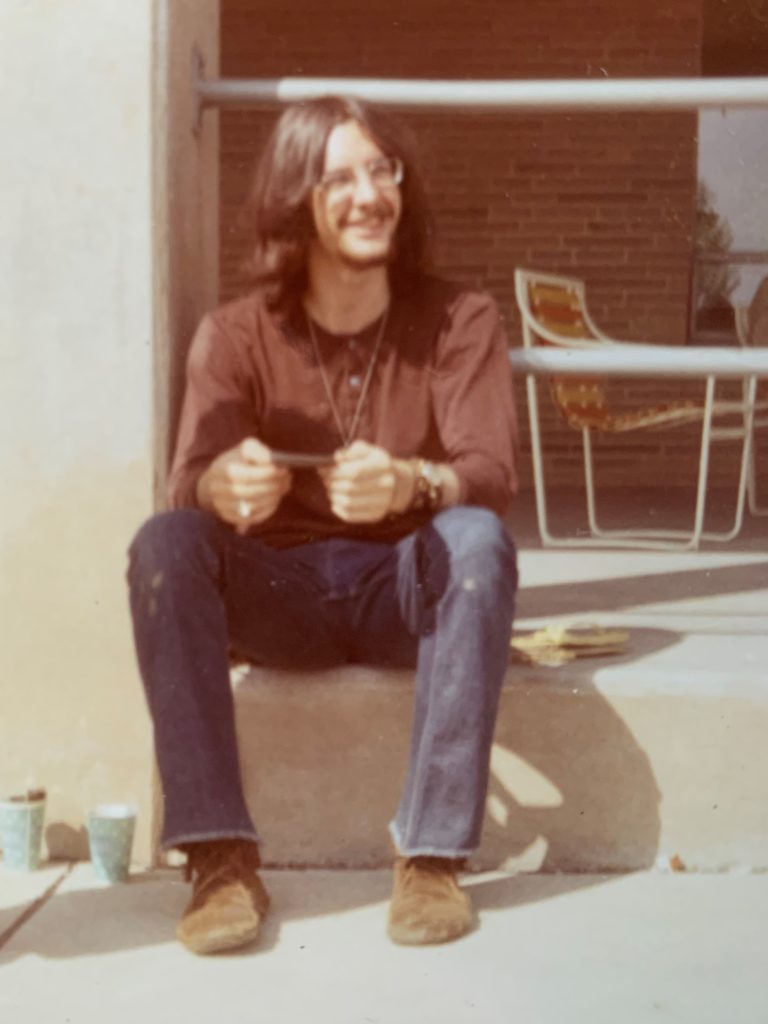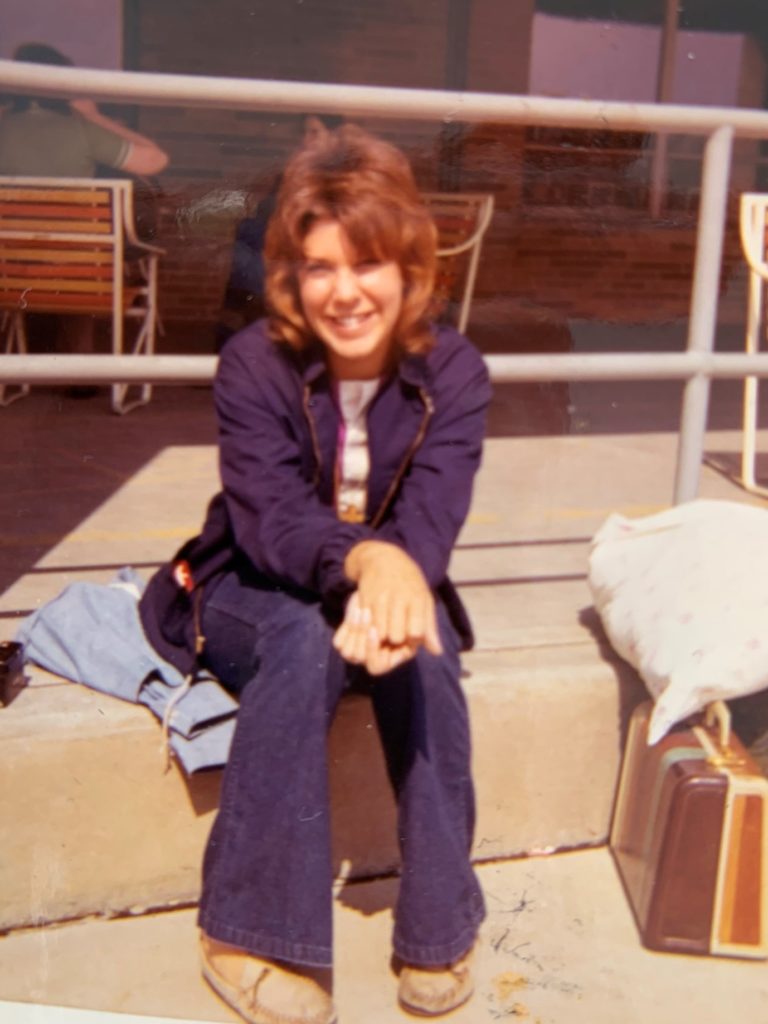

When I arrived on campus in the fall of 1969, I was a 17-year-old freshman with a smart-aleck attitude and the rebellious spirit so synonymous with that decade. Maybe that’s why I was so intrigued by the chaplain on campus. Father Brennan Manning, TOR, was a Franciscan priest who had his own kind of “cool”; enough to draw me to attend his “midnight Masses” on Saturday nights in the newly built Christ the King Chapel. His sermon on the Prodigal Son was a contemporary adaptation that was scripted and delivered like a practiced orator. It moved me.
In December of that year, another friar was being moved. Father David Tickerhoof, TOR, had traveled to Loretto, Pennsylvania, to attend a retreat at the seminary where his fellow priest was rector. The retreat speaker’s talk on the power of the Holy Spirit moved Father David to ask to be prayed with for a new outpouring of the Holy Spirit in his life. Returning to campus, he was eager to share this grace. Two professors and their wives along with a few students and some families from the local area soon joined Father David in the Eucharistic Chapel of Christ the King for weekly Thursday night prayer meetings. Thus began the charismatic renewal at the College of Steubenville.
One of the students who is now a diocesan priest started inviting (read cajoling, harassing, etc.) me to attend. Secretly curious, I finally conceded to “get him off my back” but asked a friend to go with me for support. When we later debriefed in the Rathskeller (the popular term on campuses for the basement beer hall), I remember telling her that my faith was a very private thing. There was no way I was going to go back and pray out loud with a bunch of strangers. It was March 1970.
Upon returning for my sophomore year, I was surprised by the news that Father David was the new campus chaplain. Somehow fueled by this development, the aforementioned upperclassman redoubled his efforts to recruit me to the prayer meetings. I successfully resisted until the day I was praying outside the chapel on a hillside having a (very private) conversation. It was one of those moments when time seems to stand still, and I sensed a question from God: “What if I want you to be baptized in the Holy Spirit?” After a long pause, I muttered something like, “Well…if that’s what YOU want.”
Bracing for my student evangelizer’s enthusiastic reaction, I signed up for the Life in the Spirit Seminars. Unbeknown to me, it was the first time it was being offered on campus. I was joined by three others at the outset, which dwindled to one by Week Five—the night to be prayed over for the baptism in the Holy Spirit. But I have never regretted my decision to persevere. That night, April 29, 1971, changed my life forever. I received a grace that began a new relationship with Jesus as the Lord of my life. I read the Scripture with new eyes that revealed a living Word that spoke to me in the here and now. I experienced a new freedom to worship God in an assembly of believers. And I wanted to share the Gospel with others. My faith wasn’t a “private thing” anymore.
In those days, there was no such thing as leadership training on campus. When I arrived back in Steubenville for my junior year, Father David asked me to serve on the coordinating team and I found myself leading prayer meetings in the main sanctuary of Christ the King Chapel, where attendance had grown to anywhere from 75-100 every Thursday night.
By the time Father Michael Scanlan, TOR, was inaugurated as president of the College of Steubenville in October of 1974, the prayer group had grown to over 300. It seemed that the Holy Spirit had prepared a ready resource of residents, renewed in their faith, and eager to be a part of the renewal of a Catholic college under Father Mike’s leadership. That included me.
My first job after graduation in 1973 had been assistant to the chaplain, so I was well positioned to join a new initiative launched by the fledgling president. Dubbed “The Christian Renewal Center,” the empty St. Thomas More dormitory became home for about a dozen of us—a household of single men and women, clergy, religious, and one family—charged with the task of creating and conducting retreats with topics like leadership, healing, Scripture, young adults, and prayer groups. We quickly saw the need for taking our programs on the road in addition to hosting them in Steubenville.
I still remember travelling to Fargo, North Dakota, with Father Philip Bebie for one such retreat that began with a kind of culture shock. When our host parked the car after picking us up at the airport, he raised the hood to “plug in the car.” February in Fargo means freezing, i.e., what will happen to your engine if you don’t hook it up to an electric heater.
A testimony to the rapid development of Father Mike’s vision, the Renewal Center soon housed the Christian Conference Office, the National Charismatic Ministry Office, the Community of God’s Love Outreach program/bookstore, and a referral counseling service.
Between May 1975 and May 1978, I worked in the Public Relations and Alumni Department, which began with “on the job” training in the Dark Room. I was expected to take the photographs of key campus events, develop the film, and print the black and white pictures! This explains the rather amateur quality of the photos of the First National Priests Conference, the First National Youth Conference, and Mother Teresa’s commencement speech that you find on the pages of the University’s website recounting its 75-year history.
In the spirit of full disclosure, I add these footnotes. The retreat speaker in Loretto in 1969 was Ralph Martin, who is now the president of Renewal Ministries in Ann Arbor, Michigan. The rector of St. Francis Seminary was Father Michael Scanlan. The student evangelist turned diocesan priest was Father Larry Mullaney. And the friend who joined me at that first prayer meeting was Madeline Schlehlein ’73—my wife of 46 years.

